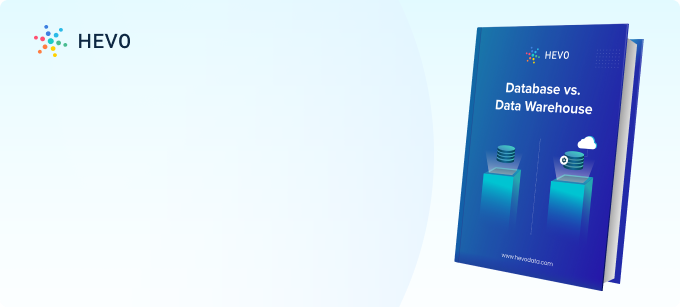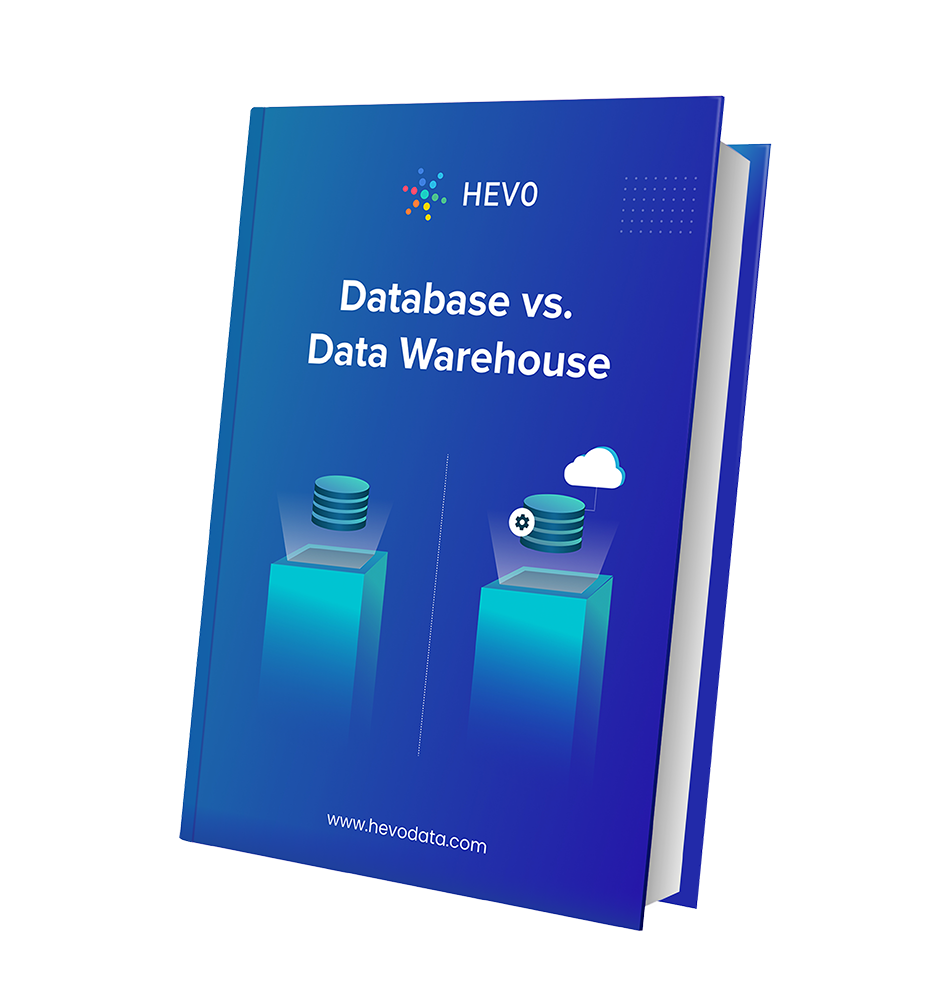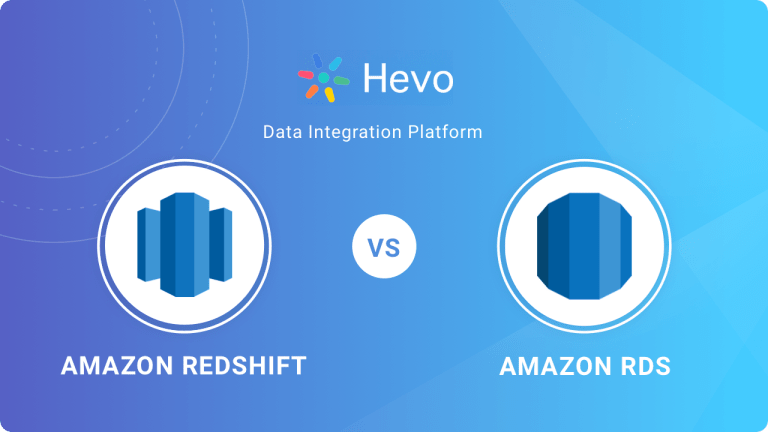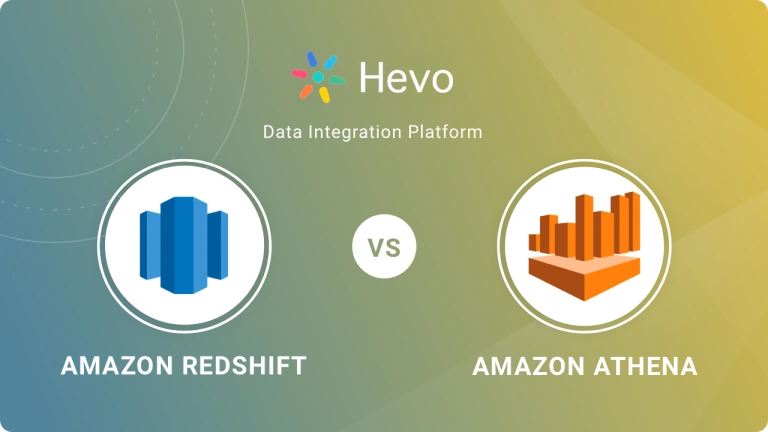Completely managed databases offered as cloud services have transformed the application design landscape to the extent that even the smallest of organizations can now enjoy scalability and reliability without being bound to costly licenses and infrastructure maintenance. In this post, we compare two such popular databases offered as a cloud service within the AWS suite – Amazon Redshift Vs DynamoDB.
Amazon Redshift is a completely managed data warehouse service with a Postgres-compatible querying layer. DynamoDB is a NoSQL database offered as a service with a proprietary query language. Now that we have established the only common attribute between these two services is the ‘database’ part, let’s go into more detail on the difference between Redshift and DynamoDB.
Table of Contents
Quick Comparison
| Feature | Amazon Redshift | Amazon DynamoDB |
| Data Structure | Relational (SQL) | NoSQL (Key-value, document) |
| Use Case | Data warehousing, business intelligence, data lakes, large-scale data analysis | Mobile, web, gaming, ad-tech, financial services, IoT, applications with high read/write demands |
| Performance | Optimized for complex analytical queries on large datasets | High throughput, low latency performance |
| Scalability | Scales by adding nodes to a cluster | Scales automatically and seamlessly |
| Availability | High availability | Very high availability (designed for mission-critical applications) |
| Storage | Maximum capacity of 2 PB | Unlimited storage capacity |
| Data Replication | Supports data replication | Automatically replicates data in real time across multiple AWS regions |
| Pricing | Based on data usage, compute capacity, and other factors | Based on read and write capacity units (RCUs and WCUs) |
With Hevo’s wide variety of connectors and blazing-fast data pipelines, you can extract & load data from 150+ Data Sources straight into your data warehouse, like Redshift, BigQuery, Snowflake, and many more. Know why Hevo is the Best:
- Cost-Effective Pricing: Transparent pricing with no hidden fees, helping you budget effectively while scaling your data integration needs.
- Minimal Learning Curve: Hevo’s simple, interactive UI makes it easy for new users to get started and perform operations.
- Schema Management: Hevo eliminates the tedious task of schema management by automatically detecting and mapping incoming data to the destination schema.
AWS DynamoDB Features
DynamoDB has various features such as:
- Key-Value & Document Database: Stores data as key-value pairs and documents.
- Flexible Schema: No strict schema requirements, allowing for semi-structured data.
- Primary Key Access: Records are retrieved using a primary key.
- Proprietary Query Language: Uses a specific query language for data retrieval.
- Autoscaling: Dynamically adjusts capacity without impacting queries.
- Cost-Effective: Pricing based on request count and storage usage.
- Distributed Architecture: Organized into nodes and data slices, optimizing for distributed workloads.
- Streams: Provides an ordered log of changes for real-time data processing.
Amazon Redshift Features
Amazon Redshift is famous for its robust feature set, including:
- Data Warehouse as a Service: Optimized for analytical queries, not transactional queries.
- PostgreSQL-Compatible: Supports complex SQL queries with fast performance.
- Performance & Storage Optimization: Offers instance types optimized for different needs.
- Flexible Pricing: Combines storage and compute costs.
- Cluster Architecture: Utilizes a leader node for query coordination and task assignment.
- Elastic Resize: Scales clusters quickly by adding or upgrading nodes.
- Scalability: Can scale compute capacity to meet changing demands.

Amazon Redshift Vs DynamoDB – Scaling
DynamoDb offers its customers two modes of operation.
- In the on-demand mode, the pricing will be based on the actual read and write requests. In on-demand mode, Scaling happens seamlessly with DynamoDb automatically ramping resources up and down.
- A provisioned capacity mode is where the customers can specify a specific capacity request rate according to their utilization. Autoscaling works in this mode as well, but within the minimum and maximum range specified by the administrator.
For Redshift, scaling can be done by either upgrading the nodes, adding more nodes or both. Redshift’s elastic resize feature can accomplish this in a matter of minutes. Redshift also has a concurrency scaling feature, which, if enabled, can automatically scale the resources as needed up to a maximum cluster size limit specified by the user.
Amazon Redshift Vs DynamoDB – Storage capacity
Redshift has its storage capacity limit at 2 PB size when the ds2.8x large storage type instance is used.
For DynamoDb, Amazon does not officially provide any limit for the maximum table size. However, there is a limit of 400 KB for each item in the table. An item size includes both the attribute name size and attribute value size since the DynamoDB is based on a key-value structure.
Amazon Redshift Vs DynamoDB – Data replication
Data loading to Redshift is done by first copying the data to S3 and then using the COPY command to load it into tables. This manual way of loading could pose problems if the target table already has data. Using a staging table can mitigate this.
DynamoDB also can load data in the form of JSON from S3. The AWS data pipeline offers built-in templates for loading data to DynamoDB. AWS Data migration service is another option that can be considered.
AWS also provides services for loading and updating data to these databases. However, these add-on services are designed with AWS source systems in mind.
A customer with various source systems spanning across the cloud ecosphere may not have the best experience while using these services. Using a data integration platform like Hevo that can integrate with a multitude of data sources and target destinations is a better option.
Amazon Redshift Vs DynamoDB – Pricing
The difference in structure and design of these database services also extends to the pricing model. Redshift pricing is defined in terms of instances and hourly usage, while DynamoDB pricing is defined in terms of requests and capacity units.
AWS Redshift Pricing
Redshift starts at .25$ per hour for the lowest specification current generation dense compute instance. It offers a second type of instance using SSDs called dense storage instances starting at .85$. Redshift offers one hour of concurrency scaling for every 24 hours of the cluster staying operational. Redshift spectrum, which allows the customers to use only the compute engine of Redshift, is priced on a per-query basis with a standard rate of 5$ per TB of data scanned.
AWS DynamoDB Pricing
DynamoDB offers two types of pricing strategies. In the on-demand model, pricing is defined in terms of the number of requests, with the write requests priced at $1.25 per million requests. The read requests are priced at $.25 per million requests.
In the provisioned capacity mode, pricing is defined in terms of Read and Write Capacity Units (RCU and WCU). DynamoDB has different kinds of reads – strongly consistent, eventually consistent, and transactional. Each type of reading requires a different amount of RCU. Strongly consistent reads require 1 RCU; eventually, consistent read requires half RCU, and transactional Reads require 2 RCUs. One RCU is sufficient for up to 4KB of data read. One WCU is good enough for up to 1 KB of data write. WCUs are priced at $.00065, and RCUs are priced at $.00013.
A challenge with the provisioned mode is that the capacity units provisioned are shared across all the nodes. Since DynamoDB works on the basis of nodes and primary key partitions, if one of your nodes has a primary key with very high demand, the capacity has to be increased for all nodes. This can result in high costs in the on-demand and auto-scaling modes.
Amazon Redshift Vs DynamoDB – Performance
Since both databases are designed for different kinds of storage, comparing performance is not a straightforward job. Redshift offers great performance when it comes to complex queries scanning millions of rows. Redshift performance can be further optimized by using SORT KEYS and DIST KEYS.
DynamoDB has a limitation when it comes to complex queries, and there is no scope for executing queries containing multiple search criteria and sorting based on different columns. However, when it comes to simple queries spanning a large number of rows, DynamoDB offers good performance and the ability to handle up to 20 million requests per second. DynamoDB allows the use of a PRIMARY KEY, a combination of a PARTITION KEY and SORT KEY, to optimize the read request latency.
Amazon Redshift Vs DynamoDB – Data structure
Redshift is a relational data warehouse service that uses columnar storage to optimize the analytical workloads where queries involve selection and aggregation based on columns. Even though Redshift is known to be a relational database, it lacks the ability to enforce unique key constraints.
DynamoDB is a NoSQL database, which means data is referred to in terms of records that do not need to conform to any structure other than having the primary key value. This difference is structure also means DynamoDB does not have the ability to execute JOIN queries. DynamoDB also has a problem in queries that involve sorting based on fields that are not designated as SORT KEYs.
Amazon Redshift Vs DynamoDB – Use cases
DynamoDB and Redshift use entirely different data structures and are optimized for different kinds of applications. The following section intends to enumerate the various use cases one of them fits better than the other from our experience.
Amazon Redshift Use cases
- You want a petabyte-scale data warehouse and do not want to spend time and effort on maintaining an elaborate infrastructure.
- The use case is an online analytical processing workload involving complex queries that span across a large number of rows.
- The analytical workload is heavy enough to be separated such that if executed in your OLTP database, it can cause problems in transaction processing.
- Maintaining unique key constraints can be done at the application level, and database-level validation is not required.
- The customer is well versed with DIST KEYs and SORT KEYs to extract maximum performance out of Redshift.
AWS DynamoDB Use cases
- The use case is an online transaction processing workload
- The use case does not need a structured database or in other words, the customer is fine with the overhead of storing keys with every value in records.
- The use case does not involve complex queries or the customer is ready to implement logic in the application layer to refine the query results.
- The customer is willing to spend time and effort on carefully designing a primary key with emphasis on partitioning and sorting according to the use case.
- The application involves a primary key whose demand for access is uniformly distributed. Primary keys with high access demand in specific ranges can increase the workload of specific nodes resulting in high capacity unit usage.
Conclusion
Hope this guide helps you with the right inputs to choose between AWS Redshift and DynamoDB. Before signing up for one of these, do compare the alternatives: Redshift Vs Snowflake and Redshift Vs BigQuery.
Businesses can use automated platforms like Hevo Data to set the integration and handle the ETL process. It helps you directly transfer data from a source of your choice to a data warehouse, business intelligence tools, or any other desired destination in a fully automated and secure manner without having to write any code, and it will provide you with a hassle-free experience.
Want to take Hevo for a spin? Sign Up for a 14-day free trial and experience the feature-rich Hevo suite firsthand. You can also have a look at the unbeatable pricing that will help you choose the right plan for your business needs.
Are there any other factors that you would like to compare between the two? Let us know in the comments.
FAQs
1. Is Redshift a NoSQL database?
No, Amazon Redshift is not a NoSQL database. It’s a relational, SQL-based data warehouse designed for complex analytics and large-scale data processing.
2. What is the difference between Amazon RDS and DynamoDB?
Amazon RDS is a relational database service that supports SQL databases like MySQL, PostgreSQL, and Oracle, while DynamoDB is a NoSQL database ideal for fast, flexible data storage without a fixed schema.
3. Is DynamoDB a SQL or NoSQL database?
DynamoDB is a NoSQL database. It uses key-value and document-based data models, making it ideal for handling large amounts of unstructured data quickly.











